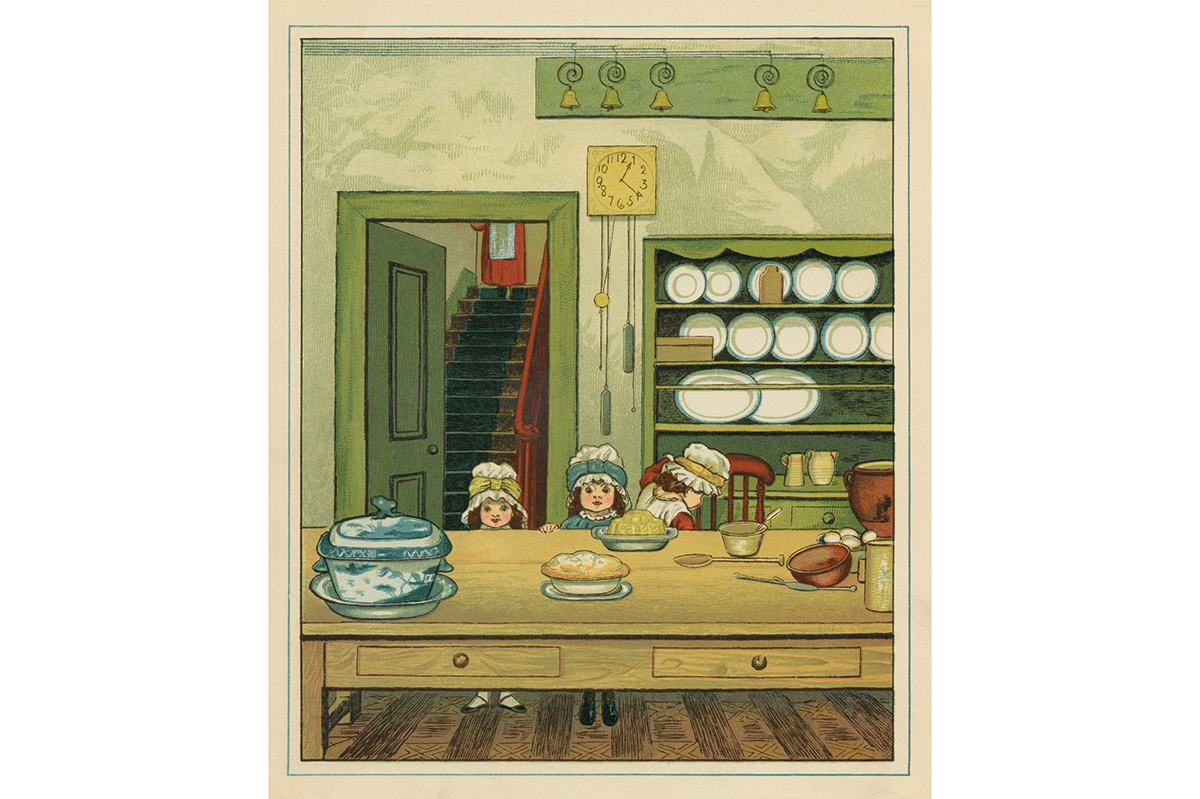“Nothing will surely ever taste so hateful as nursery tapioca,” wrote Elizabeth David. She’s not alone in her hatred of the stuff: tapioca pudding has become a shorthand for those childhood dishes we look back on with horror.
It’s exactly those dishes that I’m trying to restore to their former glory – if such a glory ever existed. In fact, the first recipe I wrote in these pages was about blancmange, an attempt to persuade readers that that school dinner staple was worth a revisit. From there, rice pudding was a similar challenge and made way for jam roly-poly, spotted dick and cornflake tart.
Though I’ve had tapioca pudding on my dish list for some time, I haven’t been brave enough to give it a go. You see, there are always rice-pudding naysayers and spotted-dick sniggerers, but there are equally evangelists of those same puddings. I’m not sure the same can be said of tapioca: it was pretty much universally loathed. Can tapioca be rehabilitated?
There is hope: other cultures don’t have the same problem with the texture of tapioca. Che chuoi is a Vietnamese pudding made with tapioca cooked in coconut milk and served with banana; tambo-tambo is a Filipino tapioca dessert also made with coconut milk but served with mango. A classic Cantonese treatment of tapioca is to cook it into a custard and then bake it under a pineapple bun-style pastry crust.
In Britain, tapioca sits in the class of milk puddings – rice pudding, semolina, arrowroot pudding, macaroni pudding – all of which are simmered in sweet milk until soft, thickening the milk around them. Tapioca, however, is extra tricky. Firstly, tapioca pudding is traditionally made with an egg-enriched base, so – unlike rice pudding, for example, which is just cooked in milk – it’s really a crème anglaise, which is a culinary balancing act, and can curdle. Secondly, tapioca pearls are made from pure starch extracted from the root of the cassava plant. When the tapioca is cooked, the ball goes from opaque white to translucent, small and hard to bigger and jelly-ish – done properly, there is a soft chewiness. But the starch that makes up the tapioca can dissolve in the cooking liquid, thickening it. The tapiocas of old are sludgy and glutinous because there’s too much starch in them, so the liquid in the pudding becomes very thick and gluey, and the pearls are surrounded by this, which in turn makes them seem slimy.
The custard is scented with lots of vanilla and bay, gently aromatic and a little old-fashioned
But here’s how we fix those problems. Cooking the tapioca in the milk used for the base of the egg-enriched custard thickens the custard too much, which means that the finished pudding ends up gloopy and stodgy and – worse – the edges of the tapioca shed, making the beautiful crème anglaise bitty rather than smooth. It also makes it tricky to spot when the pearls are translucent and the custard is fully cooked. Happily, this is easily solved by cooking the tapioca and custard separately, then combining the two and giving them a few minutes to get to know one another. Cooking the tapioca in already energetically boiling water seals the edges of the pearls before the starch dissolves, which means you end up with lovely wibbly balls, rather than homogenous, gelatinous frogspawn, while making the crème anglaise without the starch ensures the silkiest, smoothest custard. It can then be served hot or cold; as it cools, it will thicken a little.
Tapioca has no taste, so we look to the custard and fixings for the flavor. The custard is scented with lots of vanilla and bay, gently aromatic and a little old-fashioned. As I cook it now, we’re enjoying the first days of summer, but when I make it in the colder months nutmeg is essential.
Right now, my favorite way to serve the tapioca is with finely chopped, candied citrus peel. In a few weeks, when strawberries are everywhere, I’ll roast them with sugar until carmine red and spoon them on to the chilled pudding. When I’m eating it warm, I like fridge-cold Morello cherries, or prunes soaked in Earl Grey or Pedro Ximenez.
Serves 4
Takes 20 minutes
Cooks 5 minutes
- ½ cup pearl tapioca
- 2.5 oz caster sugar
- 1 tsp vanilla paste
- 2 bay leaves
- ¾ cup whole milk
- ⅓ cup and 1 tbsp heavy cream
- 3 egg yolks
- Bring a large pot of water to a rapid boil. Add the tapioca and cook until the tapioca pearls are translucent, with just a tiny dot of white in the middle, stirring every so often to prevent anything sticking to the bottom of the pan. The timing will depend on the size and brand of tapioca, but it will be approximately 20 minutes. Drain the tapioca and rinse with cold water to prevent it from cooking further.
- Place the milk, cream, vanilla and bay leaves into a pan and bring to a simmer. Meanwhile, whisk together the egg yolks and caster sugar until pale. Pour a little of the hot milk into the egg mixture and whisk to combine, then pour the loosened egg mixture into the milk pan.
- Cook gently over a low heat for five minutes, stirring the whole time until the liquid coats the back of a spoon. Sieve the custard immediately, discard the bay leaves and combine the custard with the cooked tapioca.
- Leave to stand for ten minutes, then serve warm or, if desired, decant into a bowl and cover the surface of the pudding with Saran wrap, and refrigerate until completely cold.


























Leave a Reply